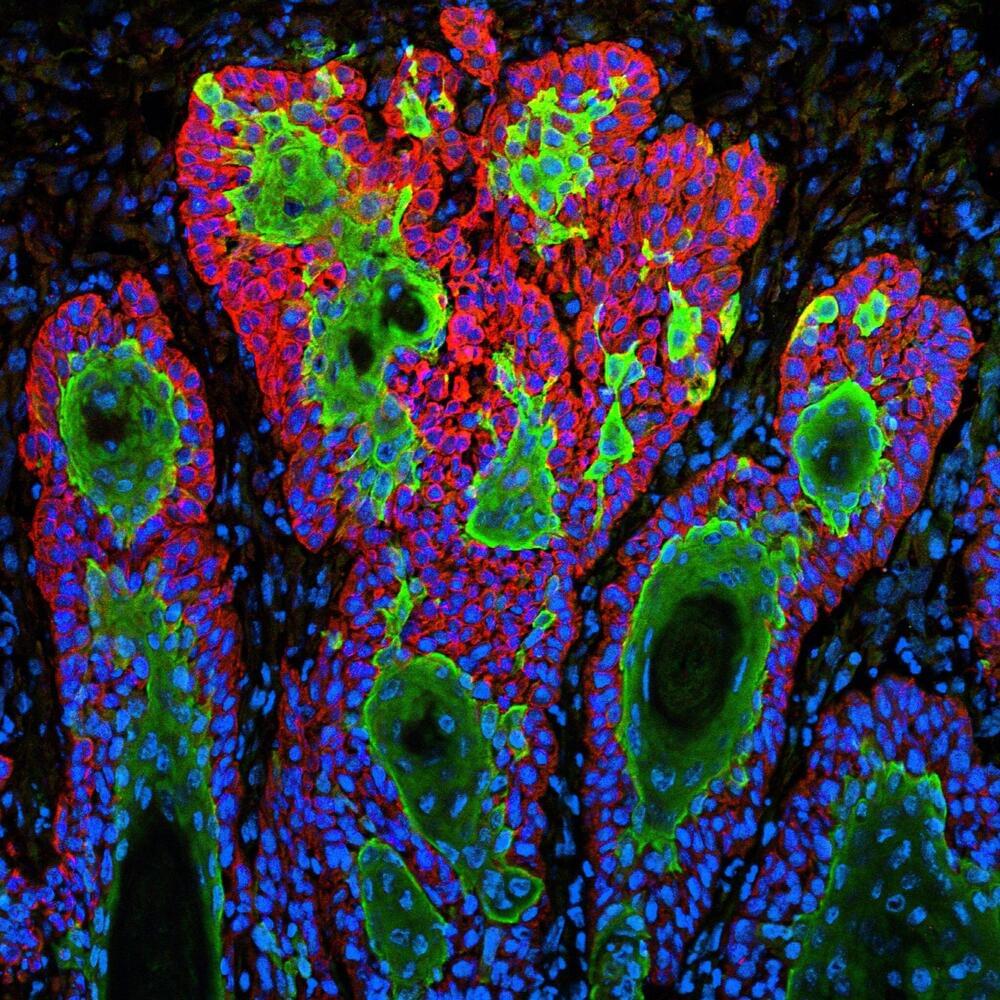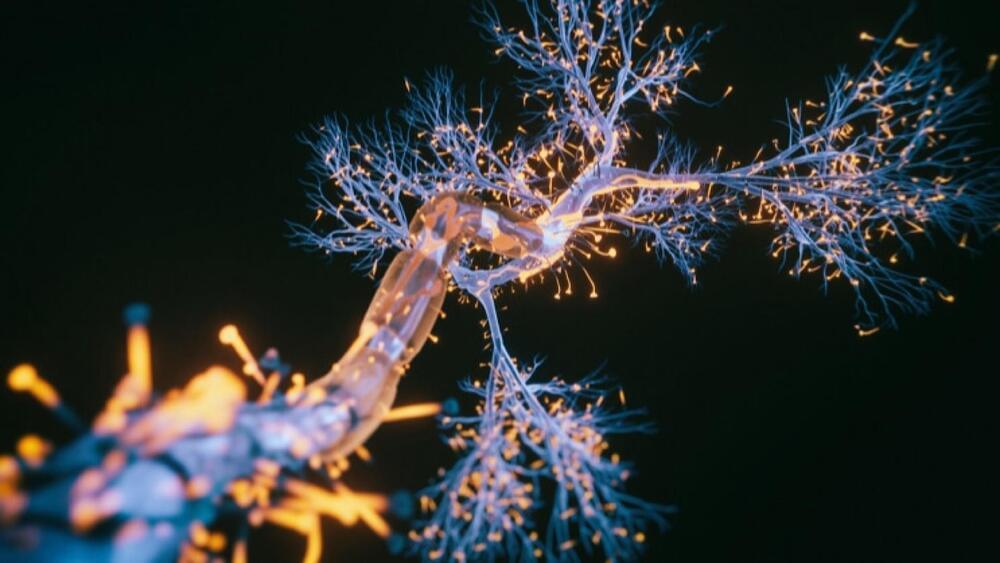Remote inflammation in rheumatoid arthritis spreads by neuron crosstalk, and the molecule adenosine triphosphate (ATP) plays a key role in this.
Rheumatoid arthritis is a chronic inflammatory autoimmune disorder that mainly causes painful joints. It’s estimated to affect over 450,000 Australians.
Remote inflammation is a key feature – where inflammation spreads from one joint to another. Research has shown that factors involved include cells migrating from the joints and neural circuits, but until now the mechanism behind this spread had not been explained.
Now, a new study in mice has found that remote inflammation spreads by neuron crosstalk, and that the molecule adenosine triphosphate (ATP) plays a key role in this by acting as a neurotransmitter and inflammation enhancer.






